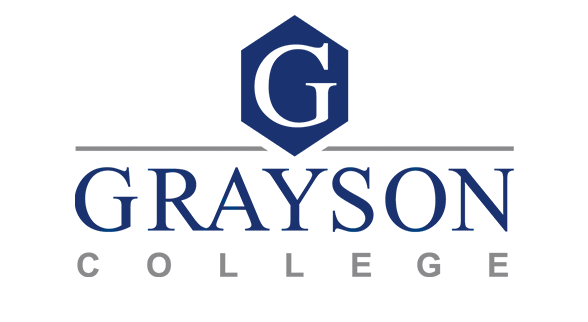Most federal student aid is need-based, taking into account a Student Aid Index (SAI). Need-based financial aid comes in three basic types:
- Grants and Scholarships, which are considered gift aid and generally don't have to be paid back (sometimes a repayment is required if a student withdraws);
- Work-Study, which is money that you earn by working part-time while in school; and
- Loans, which are funds that you (or your parent) borrow and must be paid back, usually after you leave school.
The following chart details the main federal student aid programs administered by the U.S. Department of Education. Not all schools participate in all of the programs listed.
|
Program |
Description |
Application |
Annual/Aggregate Amounts |
Eligibility* |
Repayment Required |
|---|---|---|---|---|---|
|
Federal Pell Grant |
Grant |
FAFSA |
|
|
No |
|
Federal Supplemental Educational Opportunity Grant (FSEOG) |
Campus-based grant program; funds awarded by Institution |
FAFSA required annually |
|
|
No |
|
Federal Work-Study (FWS)
|
Campus-based employment program; funds awarded by Institution |
FAFSA required annually |
|
|
No |
|
Federal Direct Student Loan (Direct Loan)—Subsidized and Unsubsidized Loans** |
Direct Loan funds from federal government; fixed interest rate |
FAFSA required annually; MPN obtained from Direct Loan school and one time Entrance Counseling |
|
|
Yes; begins 6 months after cessation of at least half-time enrollment; deferment possible; no interest subsidy on unsubsidized loan |
|
FFEL/Direct PLUS** |
FFEL funds from private lenders; Direct Loan funds from federal government; 8.5% fixed interest rate for FFEL PLUS and 7.9% fixed interest rate for Direct Loan PLUS |
FAFSA required annually; PLUS MPN obtained from FFEL school or lender or from Direct Loan school |
No annual or aggregate amounts, except parent or graduate/professional student may not borrow more than difference between cost of attendance and other financial assistance student expects to received |
|
Yes; begins 60 days after fully disbursed |
